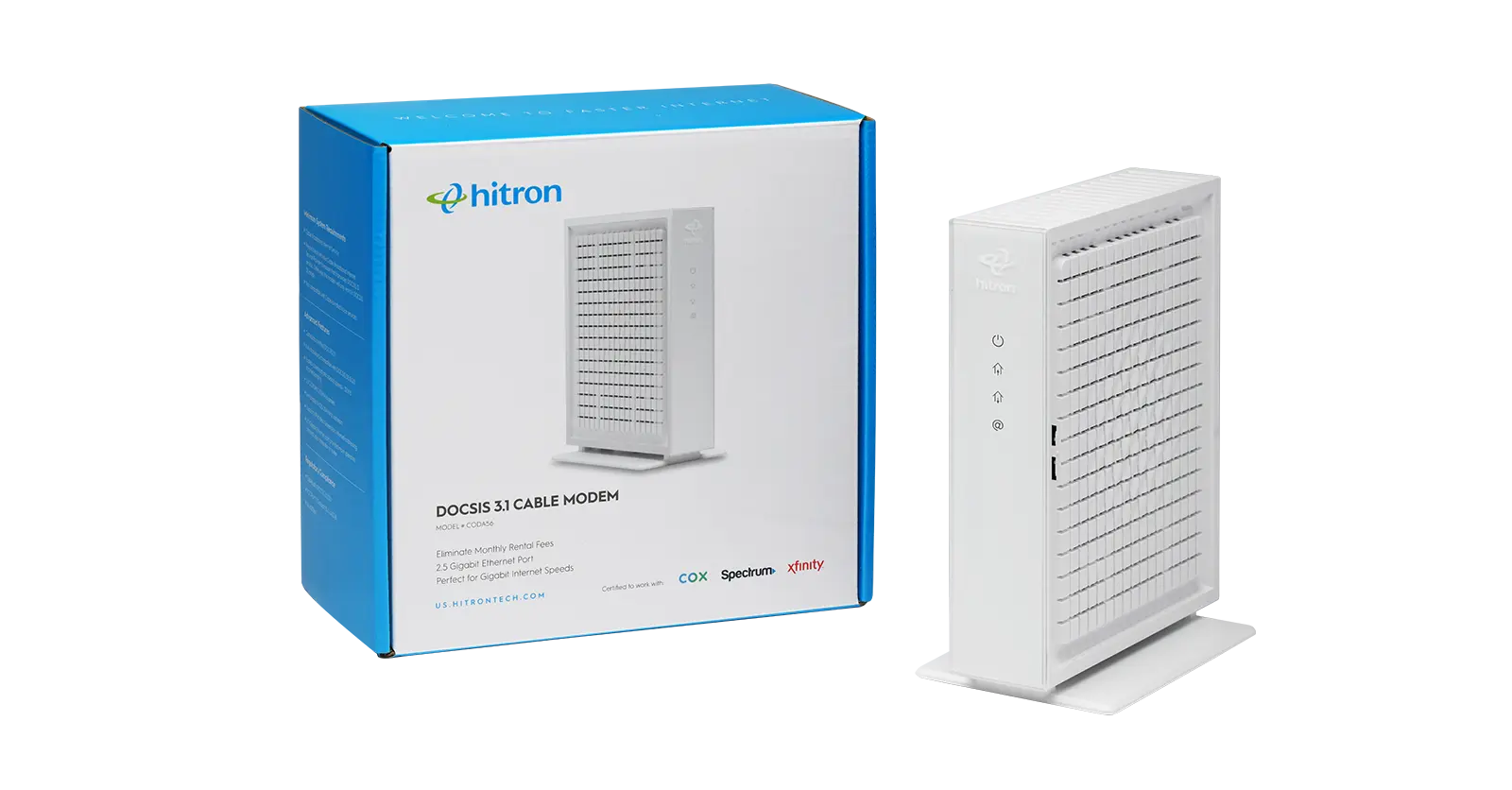What Is WPS on a Router?
WPS (WiFi Protected Setup) is a feature that helps devices connect to a WiFi network without entering a password. It’s often found as a button on the back or side of routers.
When you press it, the router enters a short 1–2 minute window where nearby devices can automatically connect. This sounds convenient—but there are hidden risks.
How WPS Works
There are a few ways WPS can initiate a connection:
- Push-Button Connect (PBC): Press the WPS button on your router and then on your device.
- PIN Code: Enter an 8-digit PIN displayed on one device into the other.
- NFC or USB: Rare today and mostly phased out.
While the push-button method is common, it still opens a window where unauthorized devices nearby could connect—especially if the router is in a shared building or public location.
The Security Risks of WPS
WPS was introduced to make WiFi setup easier, but it created several vulnerabilities:
- The 8-digit WPS PIN can be brute-forced in a matter of hours.
- Some routers have no lockout, allowing unlimited PIN attempts.
- Push-button WPS still opens a temporary connection window.
As a result, WPS is widely regarded as unsafe, and many modern routers either disable it by default or remove it entirely.
Safer Alternatives to WPS
If you want to connect devices quickly and safely, consider these secure methods instead:
- WPA2 or WPA3 Security: Most devices support these modern encryption protocols.
- QR Code Setup: Some routers let you scan a secure QR code to join the network.
- Guest Network Access: Create a separate network for visitors with its own password.
Related: Should I Enable MoCA on My Router?
Do You Really Need WPS Anymore?
Short answer: no.
Nearly all WiFi-enabled devices today can:
- Join a WPA2/WPA3 network
- Remember saved networks and passwords
- Guide users through secure setup using apps or screens
Instead of relying on WPS, modern homes should consider:
- Mesh WiFi for seamless whole-home coverage
- MoCA adapters to convert coax outlets into high-speed Gigabit Ethernet
Related: Mesh WiFi vs WiFi Extender: Which Is Better and Why
Related: How Do I Convert Coaxial to Ethernet
Related: How to Tell If Your Modem or Router Is MoCA Enabled
How to Turn Off WPS
To disable WPS:
- Log into your router’s admin settings (usually at 192.168.0.1 or 192.168.1.1).
- Navigate to Wireless Settings or Advanced Wireless.
- Locate the WPS setting.
- Toggle WPS to Off or Disabled.
This will close any security gaps WPS might introduce.
FAQs
What does the WPS button do on a router?
The WPS button allows devices to connect to your WiFi network without typing a password, using a short setup window.
Is WPS safe to use?
Not really. WPS has known security vulnerabilities and is not recommended for most home networks. It’s best to disable it.
How do I turn off WPS?
Log into your router’s admin panel and find the Wireless Settings or Advanced Wireless section. Disable WPS there.
Can I connect my devices without WPS?
Yes. All modern devices support WPA2 or WPA3 password entry, and many offer QR code pairing or app-based setup.
What should I use instead of WPS?
Use WPA3, a secure password, or MoCA to improve wired connections. Consider adding a guest network for temporary device access.
Need better speed and stability than WiFi alone can offer?
WPS was once a helpful tool—but in today’s connected world, it’s outdated and not worth the risk. If you’re setting up a modern home network, use WPA3 encryption and explore mesh or MoCA solutions instead.
Check out Hitron’s HTEM5 solution—a MoCA 2.5 adapter that turns your coax outlets into blazing-fast Ethernet ports, perfect for mesh systems.
